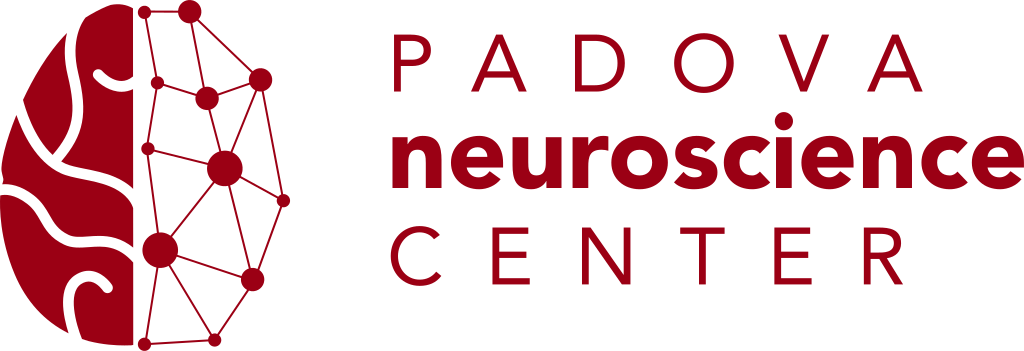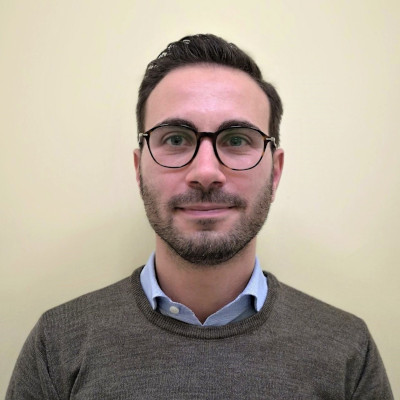Andrea Guerra is an Assistant Professor in Neurology at the Department of Neuroscience, University of Padua.
He graduated in Medicine and Surgery in 2010 and completed his residency in Neurology in 2016 at the Campus Bio-Medico University of Rome (Paolo Maria Rossinis group and Vincenzo Di Lazzaros group), where he developed skills in neurodegenerative disorders (movement disorders and dementia) and clinical neurophysiology.
In 2015, he had a clinical-research fellowship in Experimental Neurology and Movement Disorders at the University of Oxford (Peter Browns group), where he worked on invasive (i.e. Deep Brain Stimulation – DBS) and non-invasive brain stimulation methods to modulate brain oscillations in patients with movement disorders. From 2016 to February 2023, he worked at the Department of Human Neurosciences, Sapienza University of Rome (Alfredo Berardellis group), where he completed his PhD in Clinical-Experimental Neuroscience, spent two years as a post-doc and then became Assistant Professor in Neurology (RTD-A). During these years, he improved his skills in neuropharmacology and advanced treatments for movement disorders, particularly Parkinsons Disease (PD). In the last ten years, he received various awards from national and international scientific societies for his research and has been an invited speaker at several academic congresses. He has recently won competitive grants funded by the Italian Ministry of Health (Ricerca Finalizzata, GR-2021) and the Italian Ministry of University and Research (Progetti di Rilevante Interesse Nazionale, PRIN 2022 PNRR), as research projects PI. In 2022, he was awarded the National Scientific Qualification as Associate Professor of Neurology, and in March 2023 moved to the University of Padua.
His research activity focuses on studying brain excitability, connectivity and plasticity changes in patients with movement disorders using various neurophysiological techniques, including transcranial magnetic stimulation (TMS) and high-density electroencephalography (HD-EEG). He also applies non-invasive brain stimulation methods in these patients to modulate neurophysiological and behavioural functions with potential therapeutic purposes. Finally, he investigates the clinical and neurophysiological effects of DBS in movement disorders and uses local field potentials (LFPs) recordings from the basal ganglia nuclei to improve the understanding of the pathophysiology of these diseases and optimize DBS clinical effects.
Scopus: https://www.scopus.com/authid/detail.uri?authorId=24437794700


